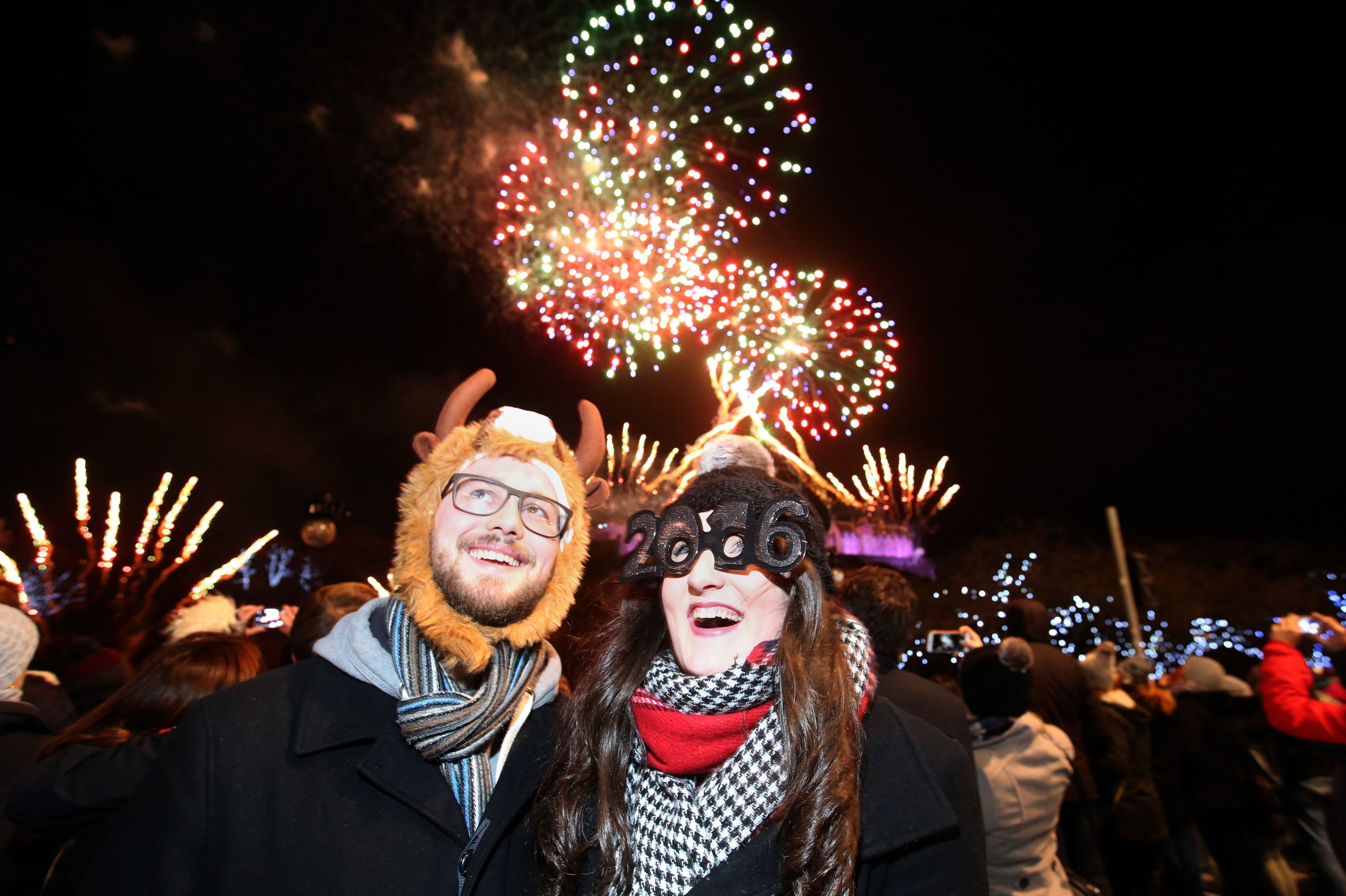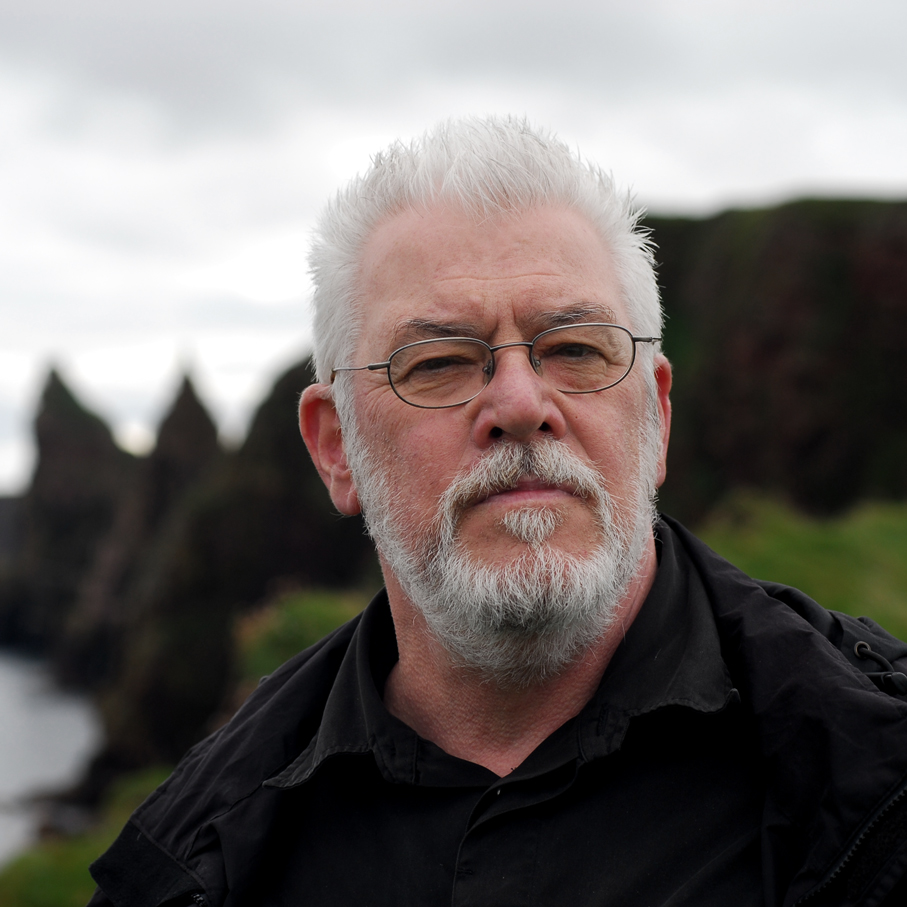
IT’S New Year’s Eve, and Scotland is home to its own special traditions.
Bob Pegg, author of The Little Book of Hogmanay, tells Stevie Gallacher the Honest Truth of the history, folklore and customs of this time of year, from its pagan roots to the present day
What’s the origin of Hogmanay? Why does it seem to be such a big deal in Scotland?
Since pagan times, northern peoples in the British Isles have marked mid-winter with wild revels, lasting from early December right through to the end of January. In 1560, when the Kirk banned the celebrating of Christmas in Scotland, all the seasonal merrymaking became concentrated around the New Year.
Where does the name Hogmanay come from?
It’s been spelled in many different ways, including hagmenay, hagmonick and huggerranohni, and there are many suggestions as to what it means. My personal favourite is “hug-me-now”, because it’s in keeping with the spirit of the season. But in reality nobody really knows.
What’s the origin of first footing?
It may go back at least to the time of the Norse invaders. Nowadays a fair-haired first footer is seen as bad luck. The reason, some say, is that a thousand years ago that same fair-haired visitor would have been a Viking at the door!
Has there been any opposition?
During the Reformation the Kirk clamped down on midwinter fun, including activities like wearing masks, cross-dressing, and dancing out of doors.
In Victorian times, town councils banned many Hogmanay street customs involving fire because of the danger to wooden buildings.
What’s the origin of the black bun, and the other traditional Hogmanay foods?
Today most of us buy black bun (or fruit cake) from a shop but in the past it was part of a home-baking abundance, which included everything from seed cake to a kind of gingerbread called Black Fadge.
In the early 1800s a concoction known as the “hot pint” was carried in a bowl through the streets of Edinburgh for everyone to share. It was a mixture of ale, whisky, sugar and nutmeg.
Why do we sing Auld Lang Syne?
Burns’ celebration of friendship is perfect for Hogmanay, but there have been other favourites.
Not long ago the most popular song of the season was Peter Livingstone’s A Guid New Year To Ane An A’, which was much sung by Andy Stewart along with many others.
Livingstone was born in a Dundee tenement in 1823, but the song wasn’t published until after he died at the very young age of just 28.
Any other Hogmanay traditions?
People still “redd out” the house with a great clean up, and the Ne-erday shinty match thrives. Well into Victorian times fire ceremonies and processions were widespread – among the few survivals are the Burghead Clavie, the Stonehaven Fireballs, and Up Helly Aa in Shetland. A folk play called Galoshins survived in the Lowlands into the 20th Century.
Has New Year always been celebrated at the same time of year?
In the middle of the 18th Century an official change to the calendar put New Year back 11, then 12 days. As a result, until quite recently, some communities celebrated Hogmanay on December 31, while others waited until January 11.
Any forgotten traditions?
There are a few – in some parts of Scotland, it was a custom to break Hogmanay shortbread over a child’s head for good luck, for instance.
During the First World War, the Gordon Highlanders brought in the New Year of 1918 in caves quarried deep below the trenches, where they sang, piped and drank hot rum punch out of the sight and hearing of the German lines. When the adults were drinking whisky, children were often given fiery ginger cordial – a drink they never forgot!

Enjoy the convenience of having The Sunday Post delivered as a digital ePaper straight to your smartphone, tablet or computer.
Subscribe for only £5.49 a month and enjoy all the benefits of the printed paper as a digital replica.
Subscribe